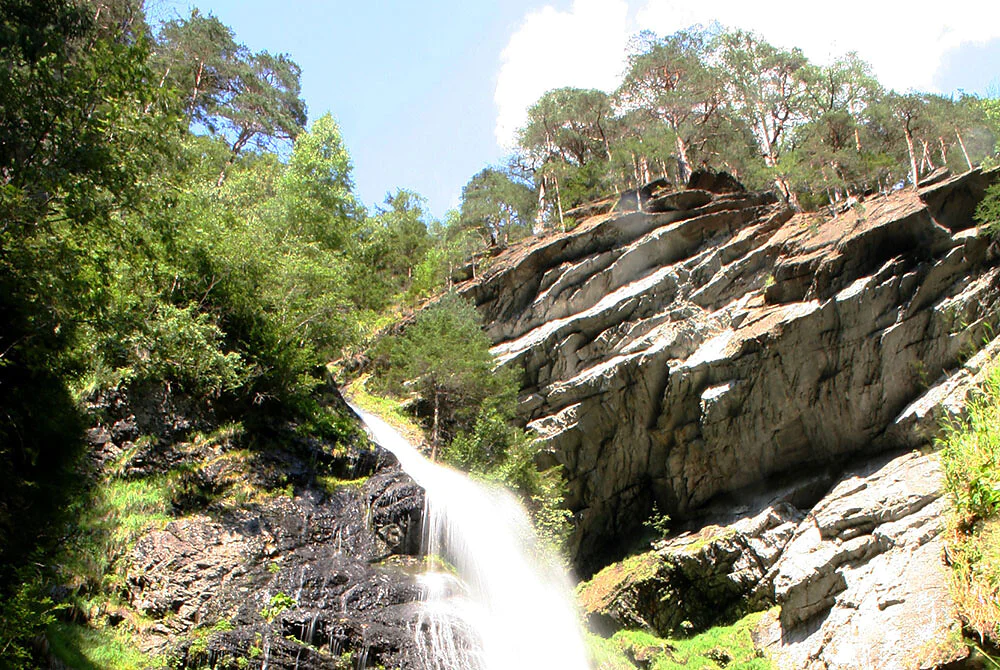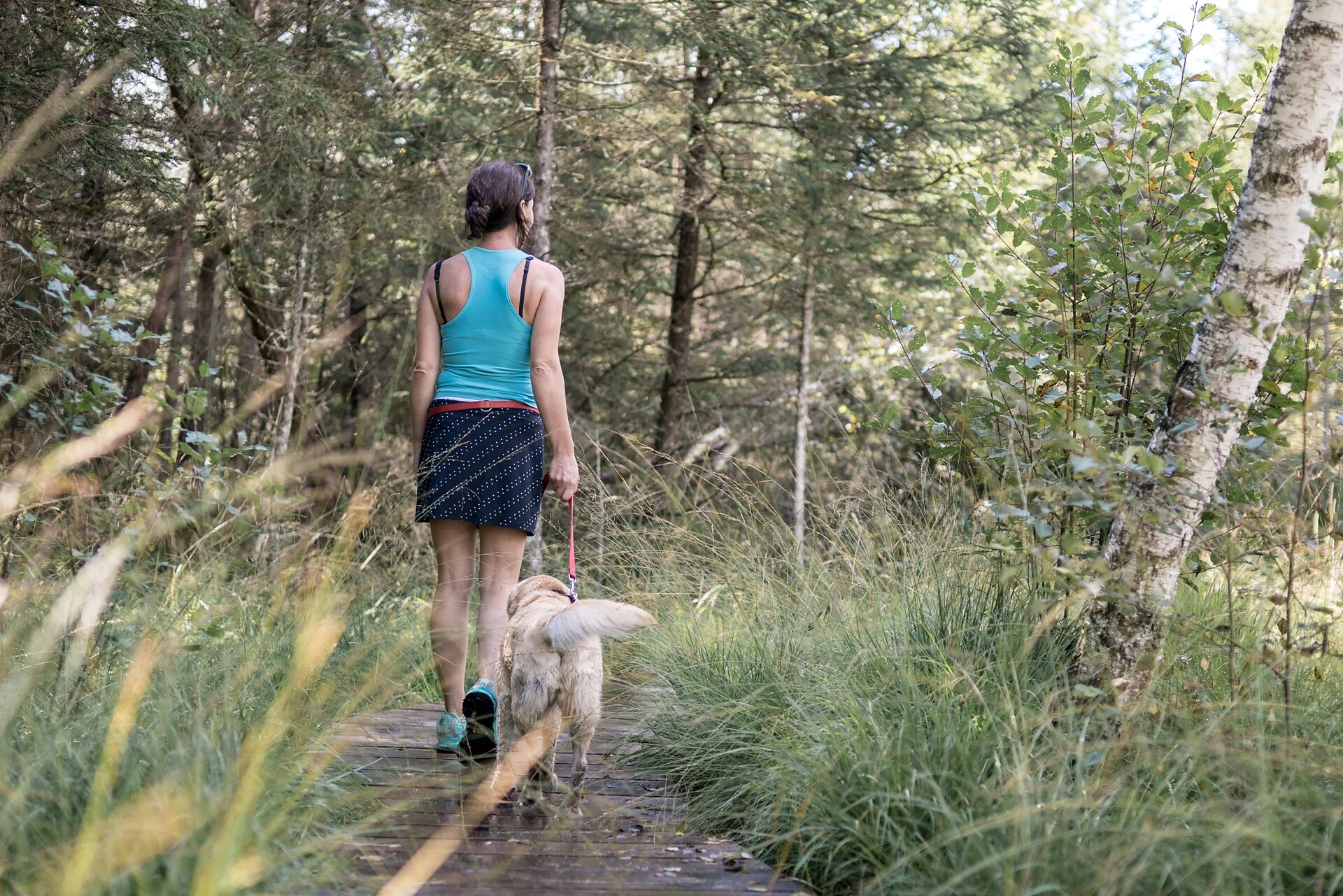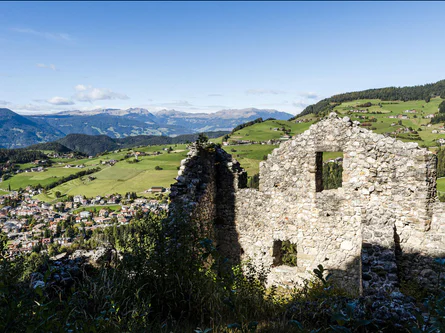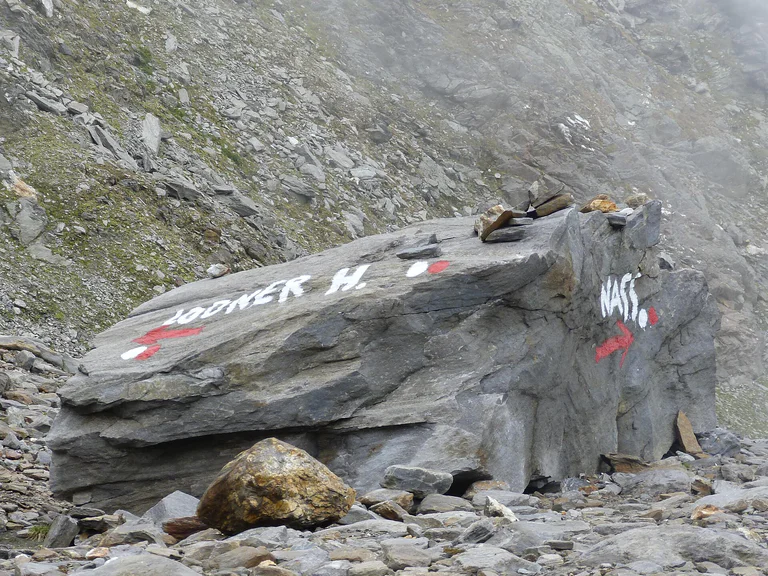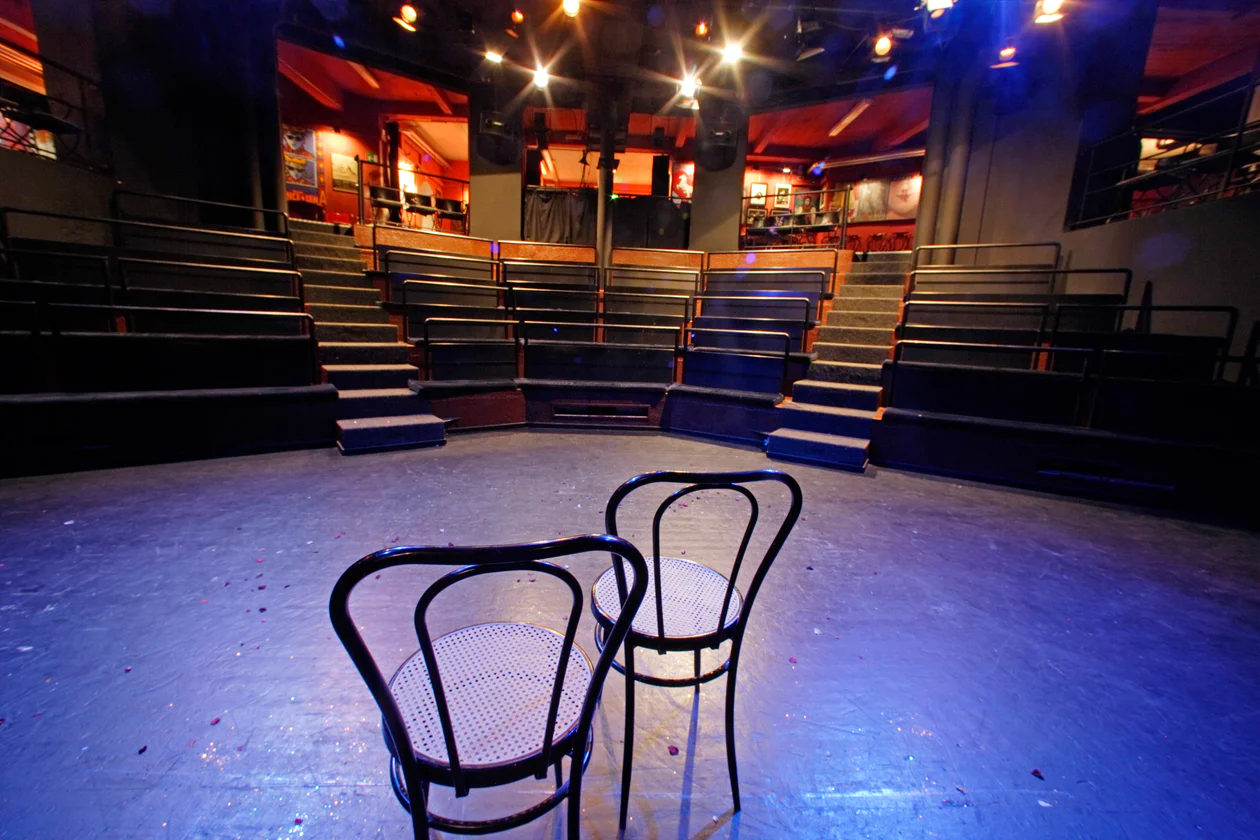Pojer Waterfall in Luttach/Lutago – A pure nature experience!
Experience the impressive power of nature up close at the Pojer Waterfall in Luttach/Luttach. This picturesque waterfall offers not only a breathtaking backdrop but also a refreshing retreat in the heart of nature.
Enjoy the soothing sound of the water and let yourself be enchanted by the untouched beauty of the surroundings. The trail leading to the waterfall takes you through an idyllic landscape – perfect for a hike or a relaxing walk.
A natural wonder you shouldn’t miss – come and experience the Pojer Waterfall!
